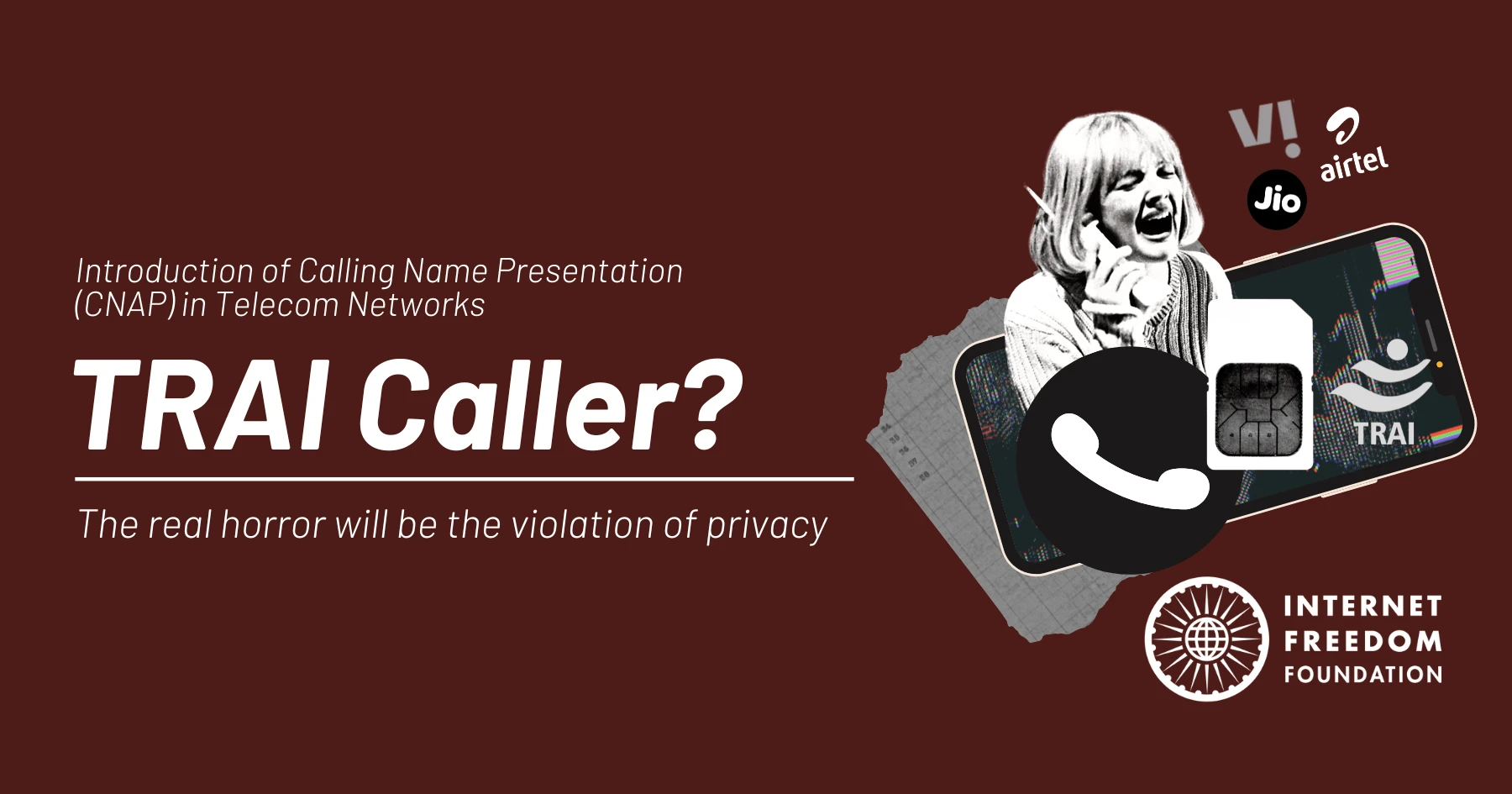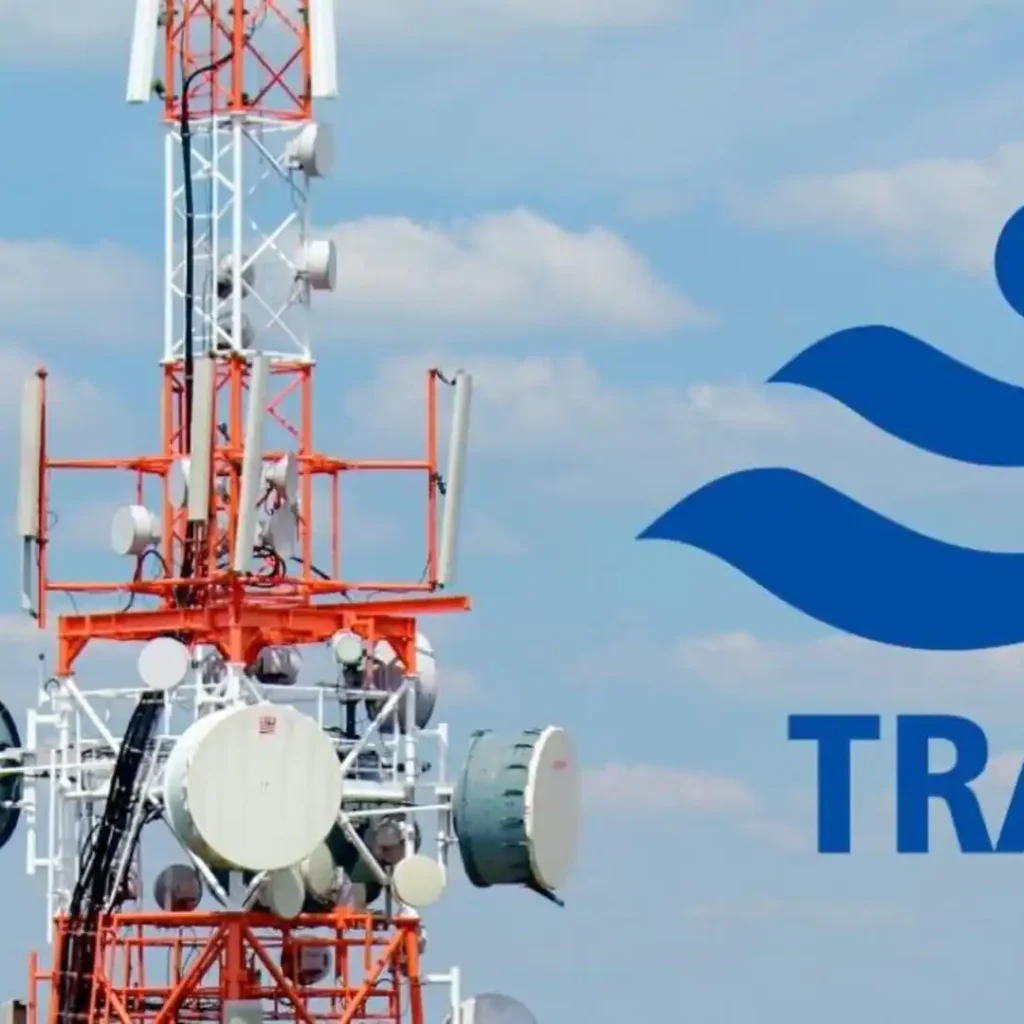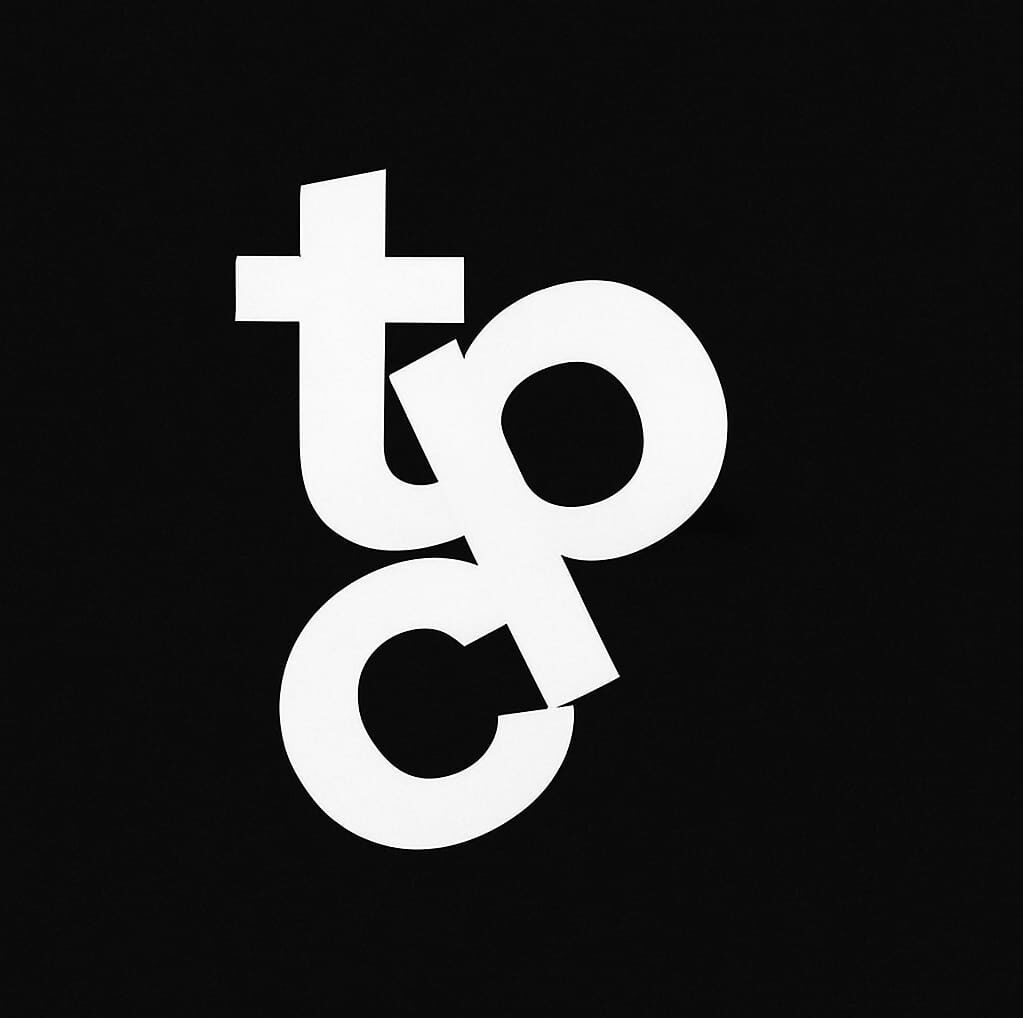TRAI mandates caller name display as part of India’s biggest telecom transparency drive yet. The Telecom Regulatory Authority of India (TRAI) has officially approved a new system called Calling Name Presentation (CNAP), which will make it mandatory for your phone to display the verified name of the caller by default. This means that the next time you receive a call, your screen will show not just the number — but the actual name associated with that SIM card, as verified by the telecom provider.
This move, part of TRAI’s broader effort to enhance transparency and reduce fraud, will affect all 4G and 5G users in India. The TRAI mandates caller name policy marks one of the most significant telecom reforms since the rollout of KYC-based verification.

What Is the CNAP System and How It Works
Under the TRAI mandates caller name regulation, each telecom service provider (TSP) — like Jio, Airtel, Vi, and BSNL — will be required to display the registered name of the caller on the recipient’s phone screen. This name will be the same one provided during the SIM registration process, ensuring government-verified identity for every call.
In simple terms, it’s a government-backed version of Truecaller — but integrated directly at the network level. The system will use telecom databases (CNAMs) to fetch the caller’s registered name when a call is made, and display it on the recipient’s device before the call is answered.
Key Features of TRAI’s Caller Name Mandate
The TRAI mandates caller name feature introduces several key changes for both consumers and telecom operators:
Verified Caller Identification: The displayed name will match the one provided during SIM KYC registration.
Default Activation: CNAP will be enabled automatically for all mobile users on 4G and advanced networks.
User Opt-Out: Subscribers who don’t want their name displayed can opt out by contacting their telecom provider.
Fraud and Spam Prevention: Aims to combat scams, spam calls, and identity misuse by ensuring verified caller names.
Privacy Protection: Users with Calling Line Identification Restriction (CLIR) will remain exempt.
Network Limitation: Implementation may be difficult on 2G and 3G due to bandwidth constraints.
Why TRAI Introduced the Caller Name Rule
According to TRAI, the caller name presentation mandate addresses a growing issue — fraudulent calls and impersonation scams. With voice phishing, fake customer care calls, and spam calls on the rise, CNAP will add a crucial layer of identity verification to telecom networks.
Similar systems already exist in countries like South Korea and the United States, where verified name displays have drastically reduced phone-based fraud. By using KYC data already available with telecom providers, India’s CNAP system aims to create a trusted digital calling ecosystem.
How TRAI’s Caller Name Feature Differs from Truecaller
While Truecaller and similar apps rely on crowdsourced data and voluntary uploads, TRAI’s CNAP is directly backed by telecom providers and uses verified KYC data.
Here’s how the difference plays out:
Truecaller: Depends on users uploading names, often inaccurate or outdated.
TRAI CNAP: Fetches the registered SIM owner’s name directly from telecom databases.
Truecaller: Works through third-party apps.
TRAI CNAP: Integrated at the network level, requiring no external app.
This also means that the displayed name will be legally verified, not just what someone else saved or shared on an app.
Implementation Timeline and Telecom Readiness
According to the official statement, TRAI and the Department of Telecommunications (DoT) have jointly agreed that CNAP will be enabled by default for all 4G and 5G subscribers.
However, the rollout will be gradual due to infrastructure and device compatibility requirements. Operators need to build and maintain a Calling Name Database (CNAM) linking every number to a registered identity.
TRAI and DoT have proposed a six-month implementation window from the date of formal notification, giving time for telecoms to upgrade systems and manufacturers to ensure compatibility on all Indian-sold smartphones.

Privacy and Opt-Out Provisions
The TRAI mandates caller name feature has sparked privacy discussions among users who prefer anonymity or share phones for business purposes. TRAI clarified that users can contact their operator to opt out if they don’t wish to display their names.
Those who already use CLIR (Calling Line Identification Restriction) will remain protected and hidden from CNAP display. TRAI insists the feature will be compliant with India’s upcoming Digital Personal Data Protection Act, ensuring transparency and security.
What This Means for You
For everyday users, the TRAI caller name rule will make incoming calls safer and more transparent. Instead of guessing who’s calling or relying on third-party apps, you’ll now see the verified identity of every caller on your phone screen.
This means:
Easier detection of spam or fraud calls.
More trust in verified business and government communications.
Fewer phishing and fake number scams.
It also helps streamline digital communication in India’s fast-growing mobile ecosystem, bringing telecom standards closer to global best practices.
Verdict
The TRAI mandates caller name decision is a welcome step in India’s ongoing battle against telecom fraud and spam. By giving users visibility into who’s calling — and ensuring names are verified through official KYC — TRAI is taking a proactive stance on consumer safety.
While implementation challenges remain, especially for legacy networks and older phones, the move could eventually make unknown numbers and scam calls a thing of the past.
For now, the CNAP mandate positions India as one of the few countries with nationwide, government-verified caller ID systems — a major leap for telecom transparency.
Read More-
M5 MacBook Pro review: exceptional performance leap or minor upgrade?
M5 iPad Pro review: hands-on testing and M4 upgrade check
ChatGPT Go free in India — OpenAI’s biggest expansion for Indian users in 2025
Redmi K90 Pro Max Launched: The Ultimate Value Flagship of 2025?
iPhone 17 Review: Smarter, Sleeker, Stronger
iPhone 17 Pro Max – The Most Powerful iPhone Yet
Best 5 Camera Phones in India for Stunning Photos (2025) – Full Reviews
